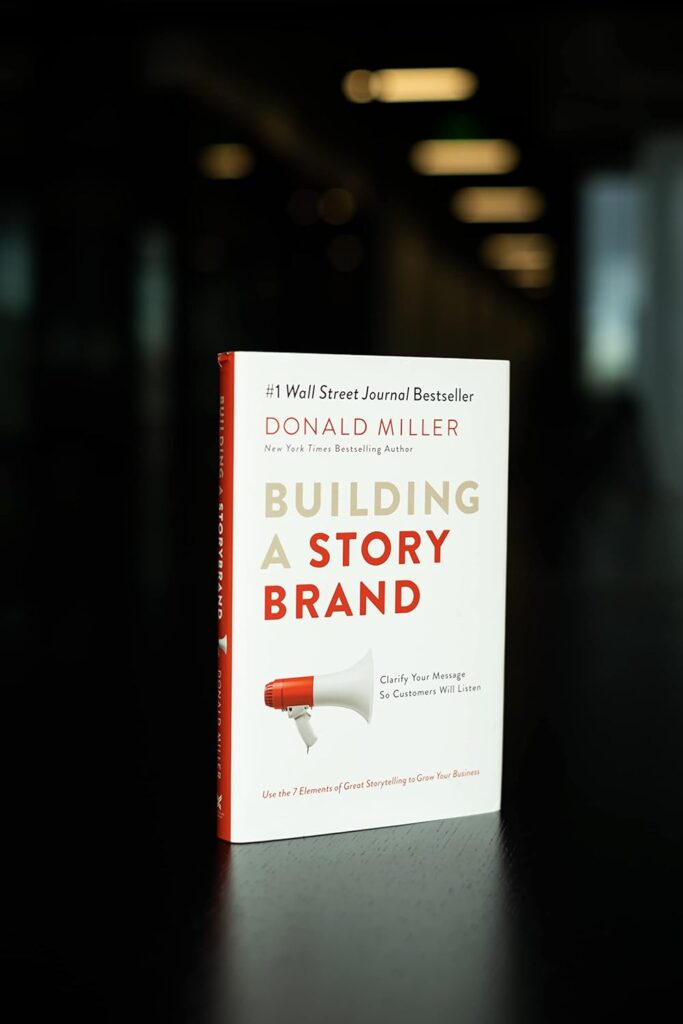
Make the customer the hero of your company’s story
Posted On August 1, 2024
Who is the hero of your company’s story?
Spoiler alert: It shouldn’t be you.
Our guest in a recent episode of “What’s Working With Cam Marston” was Stephanie Greenwood, president of Mobile-based IMMIX Strategic. And she says successful marketing is about telling a story.
 Steve Jobs learned that when he found himself out at Apple and spent time working at Pixar. He then returned to Apple ready to sell the MacIntosh by telling stories — and putting the customer at the center of them.
Steve Jobs learned that when he found himself out at Apple and spent time working at Pixar. He then returned to Apple ready to sell the MacIntosh by telling stories — and putting the customer at the center of them.
He did it with the tag line “Think different.”
“He was inviting people into an opportunity they were looking for, to think different,” Greenwood said, “and offered Apple up as a tool – the new Mac — to help them do so, to help them be creative, to help them express themselves, to help them think different.”
Why is putting the customer at the center of the story important? Because they’re looking to solve problems, Greenwood said, and if your marketing messages don’t focus on that, they’re not listening.
“Customers don’t part with their money, they don’t buy things, unless they’re looking for a solution to a problem they’re having,” she said. “When you position the customer as the hero, and you enter their story as the guide who can help them win, then you have a winning scenario for marketing that’s going to work.”
 Greenwood does just that as a certified marketing guide for StoryBrand, which utilizes a seven-part framework based on a book by Donald Miller to develop successful marketing.
Greenwood does just that as a certified marketing guide for StoryBrand, which utilizes a seven-part framework based on a book by Donald Miller to develop successful marketing.
And while a company’s resume – its years in business, its expertise, its awards – are an important part of that framework, it’s not at the top. The customer is.
A big part of defining your message is first defining who your ideal customer is – and what their problems are. Hondas and Rolls Royces are both forms of transportation, but their customers aren’t just looking to get from Point A to Point B. Different customers have different problems. A Honda customer is looking for reliability and low cost. A Rolls Royce customer is looking for status.
Once you define your ideal customer and their problem, your story should show how your company can solve it.
And stories have villains. If you fix air conditioners, your villain is the heat. If you clean kitchens, your villain may be mold or mildew. How are you going to defeat the villain?
Once you define your company’s story, make sure your website is telling it. Greenwood said 80 percent of websites don’t have a clear plan or call to action.
A website should answer three questions:
- What do you offer?
- How can I get it?
- How can it make my life better?
Because making a customer’s life better is always a solution you want to provide, and a story you want to tell.